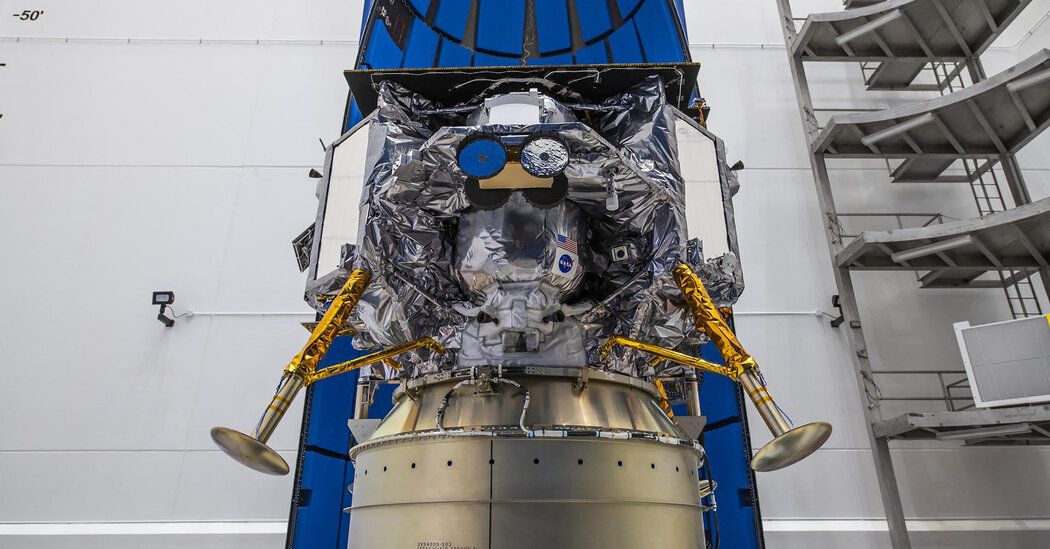Chances are, the first NASA-funded commercial mission to send a robotic spacecraft to the Moon’s surface won’t be able to get there.
The lunar lander, called Peregrine and built by Astrobotic Technology of Pittsburgh, encountered problems shortly after lifting off early Monday from Cape Canaveral, Florida. The launch of the rocket, a new design called Vulcan, was perfect and successfully sent Peregrine off. on his journey.
But a failure in the lander’s propulsion system exhausted its propellant and most likely ended the mission’s original lunar ambitions.
“The team is working to try to stabilize the loss, but given the situation, we have prioritized maximizing the science and data we can capture.” astrobotic said in a sentence. “We are currently evaluating what alternative mission profiles may be feasible at this time.”
The failure raises questions about NASA’s strategy of relying on private companies, mostly small startups, to bring scientific experiments to the lunar surface. Those scientific studies are part of the space agency’s preparations before sending astronauts back to the moon under its Artemis program.
Peregrine was the first of NASA’s Commercial Lunar Payload Services, or CLPS, missions to lift off. Since CLPS was announced in 2018, NASA officials have said they are willing to take greater risks in exchange for lower costs and that they expect some of the missions to fail.
This contrasts with the Apollo program of the 1960s, in which NASA built a series of its own robotic lunar landers. But that approach is expensive, and this time NASA wanted to encourage private industry to come up with its own solutions that would be cheaper and could create a new market for universities, companies and space agencies from other nations that want to send payloads to Earth. . moon.










